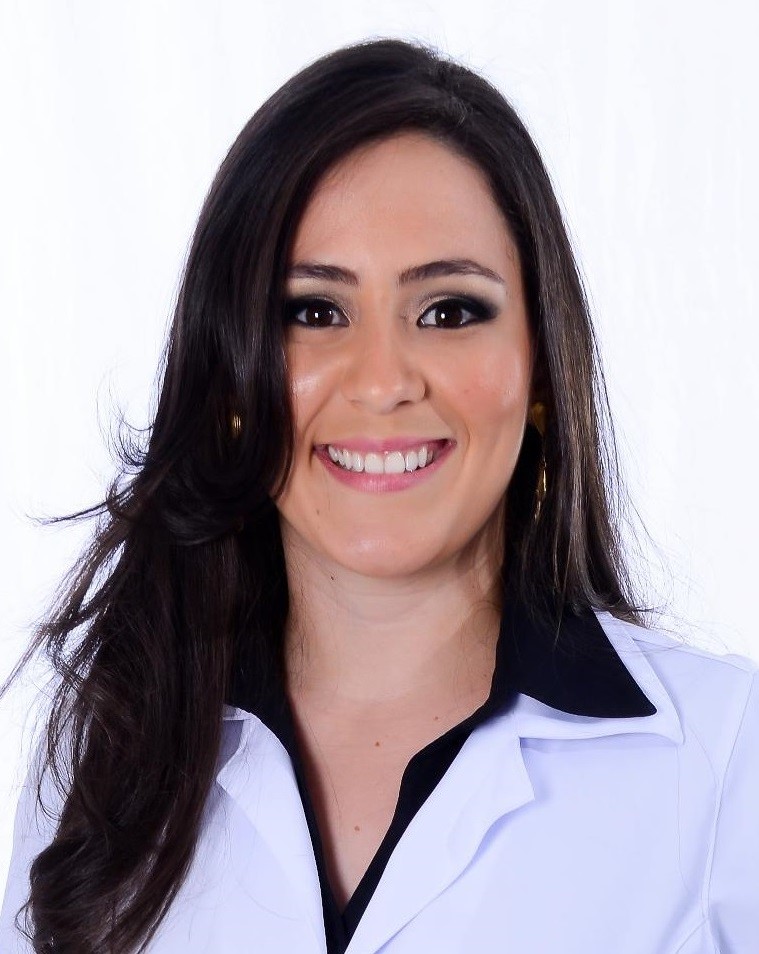Educational Research
(TC76) Development of a Progressive Web Application as an Auxiliary Tool in Decision-Making in Endodontic Diagnosis

Shirley Maklane Gomes Soares, B.D.S., Ph.D., M.Sc.
Ph.D student in Dentistry (Endodontics)
University of São Paulo
São Paulo, Sao Paulo, Brazil- SS
Sandra Soares Kühne Busquim, D.D.S., Ph.D., M.Sc.
Ph.D. in Dentistry (Endodontics)
University of São Paulo
Vienna, Wien, Austria - LG
Laila Gonzales Freire, D.D.S., Ph.D., M.Sc.
Faculty at the School of Dentistry of the University of Sao Paulo
University of São Paulo
Sao Paulo, Sao Paulo, Brazil - JP
José Antônio Poli de Figueiredo, B.D.S., Ph.D., M.Sc.
Vice-Provost for Research, Professor of Oral Biology and Endodontology
Federal University of Rio Grande do Sul
Porto Alegre, Rio Grande do Sul, Brazil - MD
Marcelo Dos Santos, D.D.S., Ph.D., M.Sc.
Faculty at School of Dentistry of the University of São Paulo.
University of São Paulo
São Paulo, Sao Paulo, Brazil
Presenter(s)
Co-Author(s)
The use of mobile applications in healthcare has grown exponentially worldwide. There is no documented Progressive Web Application (PWA) dedicated specifically to endodontic diagnosis that follows a universal classification system. This study aimed to create a PWA that aids undergraduate students and clinicians make endodontic diagnoses, utilizing diagnostic terminology standardized by the American Association of Endodontists (AAE) and the American Board of Endodontics. The application was built using open-source frameworks and cloud computing, making it accessible via a Uniform Resource Locator (URL) across any operating system and browser. The PWA guides users through clinical scenarios using a flow-based format that reflects the diagnostic decision-making for each diagnosis, comprising questions, answers, and supplementary information based on clinical and radiographic characteristics to determine the pulpal and periapical disease. Users are presented with questions and additional information that assist in performing tests and collecting data, ultimately suggesting a probable diagnosis and treatment plan. The application supports 854 diagnostic combinations, each aligned with established endodontic terminology, providing users with comprehensive diagnostic support. Currently, the tool is undergoing validation through rigorous research to guarantee its reliability and evidence-based approach. This process will ensure the PWA’s clinical and educational value. The PWA aims to enhance diagnostic accuracy for clinicians and provide a structured, standards-based learning tool for students. Leveraging the accessibility of a web application ensures scalable, adaptable support for future clinical and educational needs in endodontics.

.png)
.png)
.png)
.png)